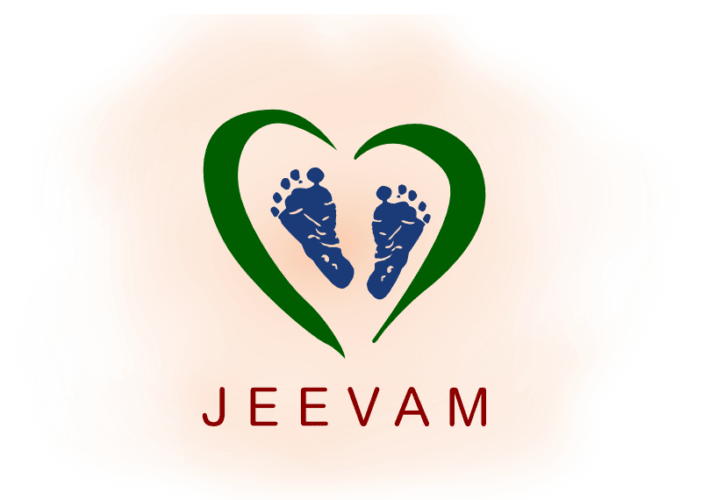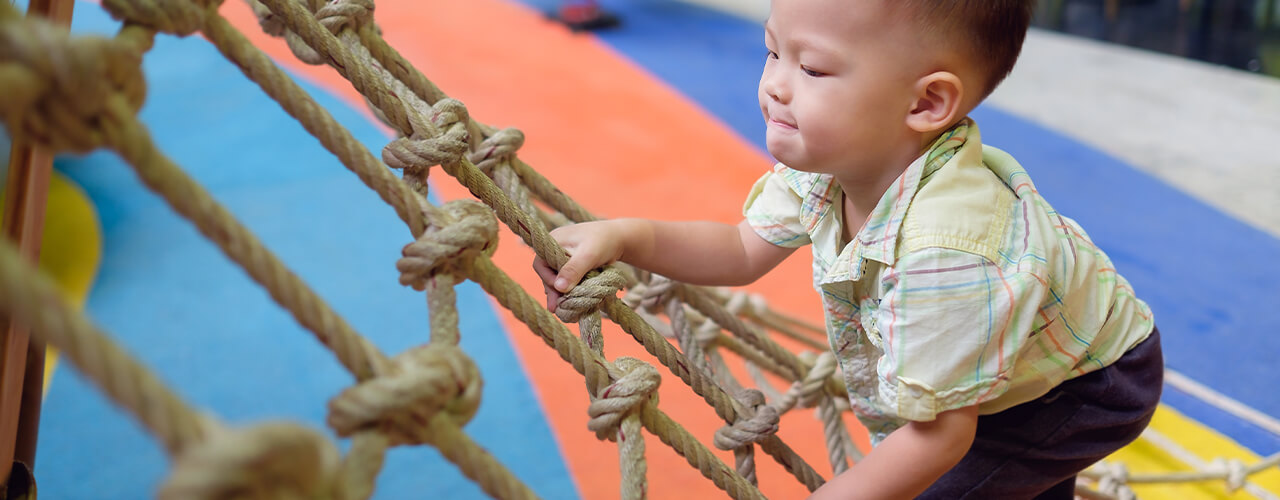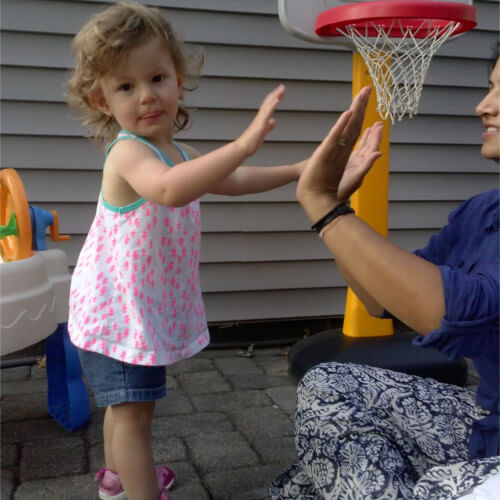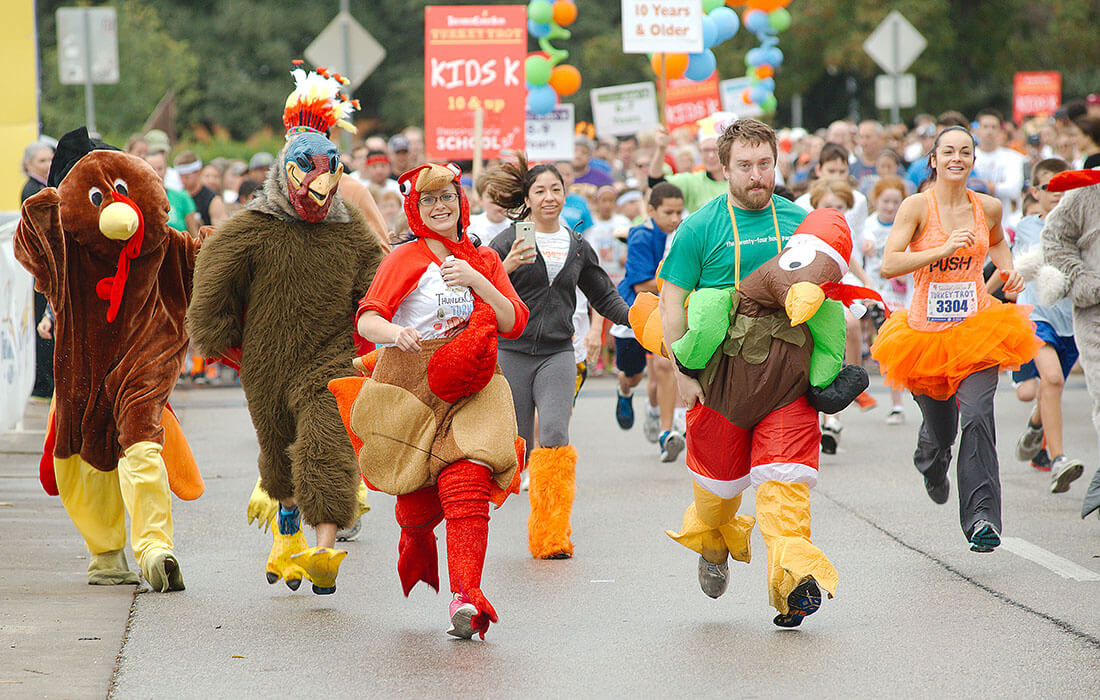Coordination Deficits
Is Your Child Just Clumsy, or Is There A Real Problem?
Watching your child hit milestone after milestone is something every parent looks forward to. By a certain age, most children are able to sit up, stand, walk, run, and speak. Seeing your child accomplish these things is such an exciting feeling, but it can be very worrisome and confusing to realize that your child is struggling or unable to do these tasks without assistance.
When children are late in developing these abilities, it means there is a chance they have a developmental coordination problem. An extremely common coordination deficit is dyspraxia. Dyspraxia is defined as a disorder that affects movement, and causes difficulty with fine motor skills, gross motor skills, motor planning, and coordination.
Children with dyspraxia often struggle with applying the appropriate pressure to objects (their pencil, a toy, opening and closing doors, etc) and this can result in them appearing clumsy, careless, or uncoordinated.
If you’ve noticed your child moves a bit awkwardly or has a hard time applying the correct amount of force in order to accomplish tasks and take part in everyday activities, don’t brush it off as pure clumsiness. Contact Jeevam Therapy in Edison and Paramus, NJ today to get your child set up for a consultation with one of our licensed physical therapists.
How Dyspraxia Affects Your Child
Here at Jeevam Therapy, our therapists often talk to parents who are confused and worried about their child’s abilities. Dyspraxia can show up in children through many different ways.
Some children with dyspraxia have poor perceptual and motor skills. They may struggle with copying movements of others. For example, learning a dance in school requires a child to know the order of steps. A child with dyspraxia can’t imitate others and will have difficulty putting those steps in sequential order. The same goes for a child trying to learn how to dress themselves, tie their shoes, or fix food for themselves.
Children struggling with dyspraxia coordination difficulties will feel the effects in every corner of their lives. Brushing their teeth or hair, and climbing on a jungle gym are all examples things your child may not be able to do successfully as a result of dyspraxia.
Recognizing Dyspraxia In Your Child
Answer the following list of questions to see if you recognize any of these common issues while observing your own child.
- Does your child seemingly trip over “nothing,” or bump into things often?
- Have you noticed your child struggling to get up stairs?
- Does he or she knock drinks, toys, food, or other items over daily?
- Do they have poor posture?
- Is their handwriting illegible? Do they have difficulty using scissors or eating utensils?
If you find yourself nodding or answering “yes,” to any or all of the above questions, it’s time to contact a physical therapist’s office and have your child’s condition and abilities assessed. That’s where Jeevam Therapy comes in.
Jeevam Therapy Can Help Your Child’s Coordination Deficit
Dyspraxia seriously affects a child’s self-confidence, and this can be very upsetting to a parent who doesn’t know how to help their child. Here at Jeevam Therapy, we understand your concern and your child’s frustration.
One of our pediatric physical therapists will be able to assess your child’s fine and gross motor skills as well as their overall coordination. From there, your child’s physical therapist will comprise a treatment plan and help educate you on how to best understand and assist your child as he or she learns to improve their coordination.
Source:



